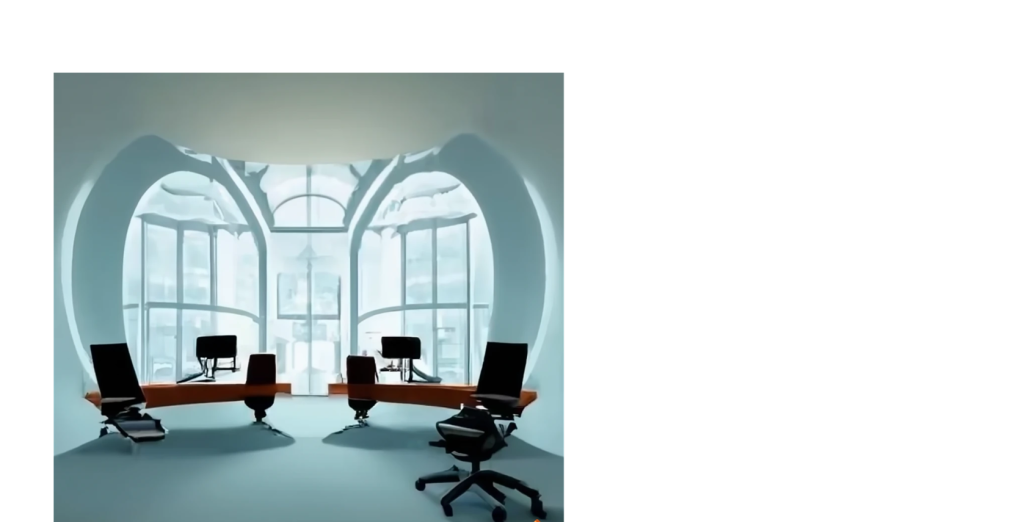The United States is witnessing a transformation in the way office spaces are utilized. Moody’s Analytics marked the highest office vacancy rates since 1979, a change which can be attributed to the monumental shift in work dynamics following the Covid-19 pandemic. Today’s employees are embracing a new era of hybrid work, blending the best of both worlds from the comfort of their homes.

The report highlights a cultural shift that not only revolutionized the traditional 9-5 office routine but also brought attention to the surplus of office spaces constructed in the 1980s and 1990s. Despite this surplus, the national office vacancy rate skyrocketed to a groundbreaking 19.6% in the fourth quarter of 2023, surpassing records set in the last 40 years.
Amidst the challenges faced by landlords and developers, there is some reason for optimism. The market has shown continued interest in Class A buildings, the latest and most modern structures in prime locations with abundant amenities. These buildings offer flexible configurations that appeal to tenants seeking a physical office presence for branding, purposeful gatherings, training, and collaboration.
While new constructions have slowed to levels not seen since 2012, suburban offices are emerging as a beacon of resilience. Their proximity to communities and, in some cases, shorter commute times for employees, positions them favorably in the evolving landscape. Despite the changes, the office space market remains dynamic, adapting to the needs of a workforce navigating a new era of work-life balance.